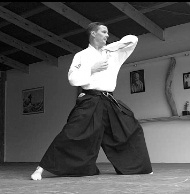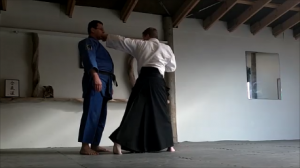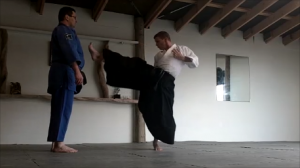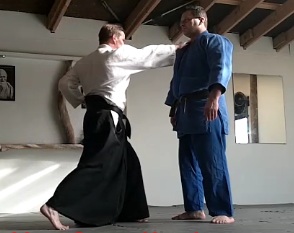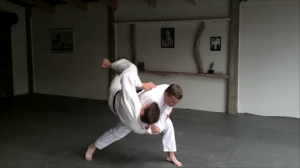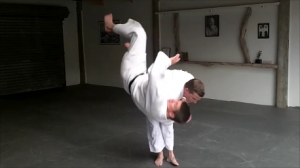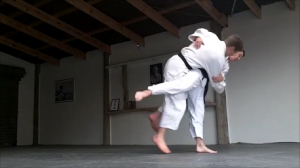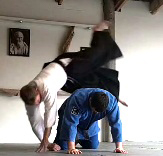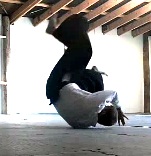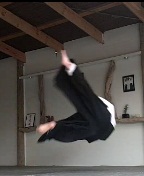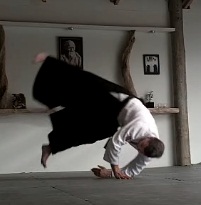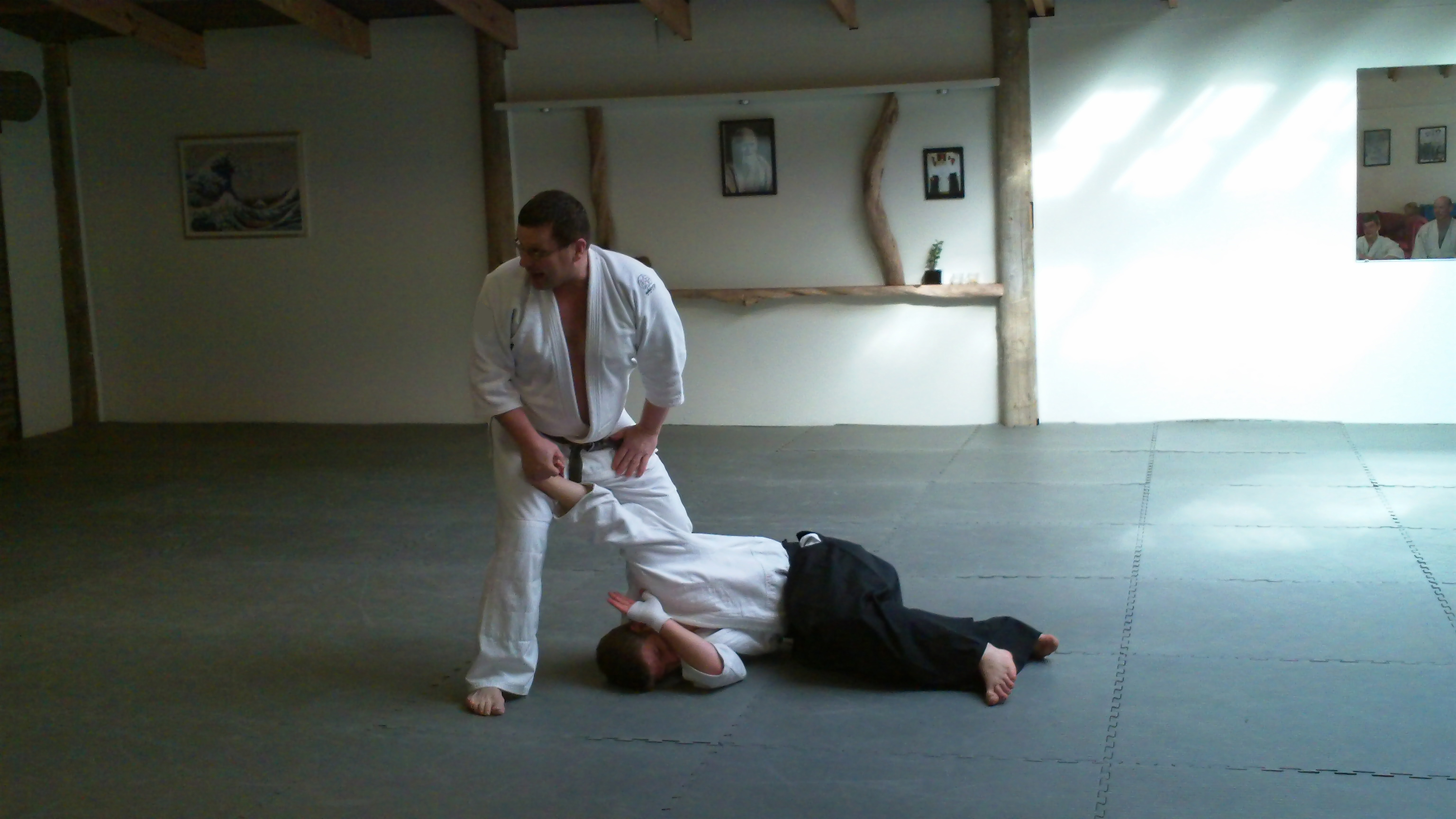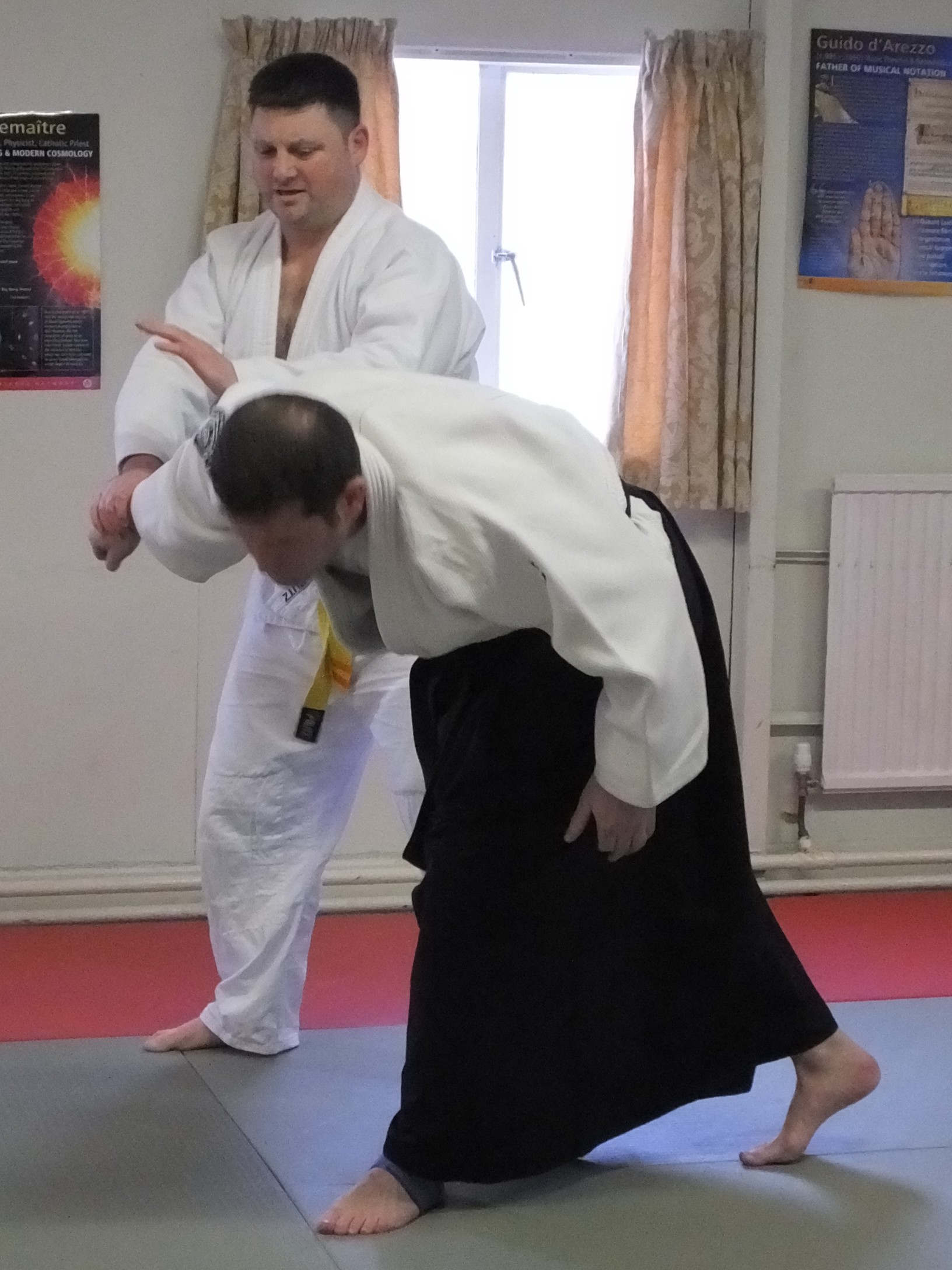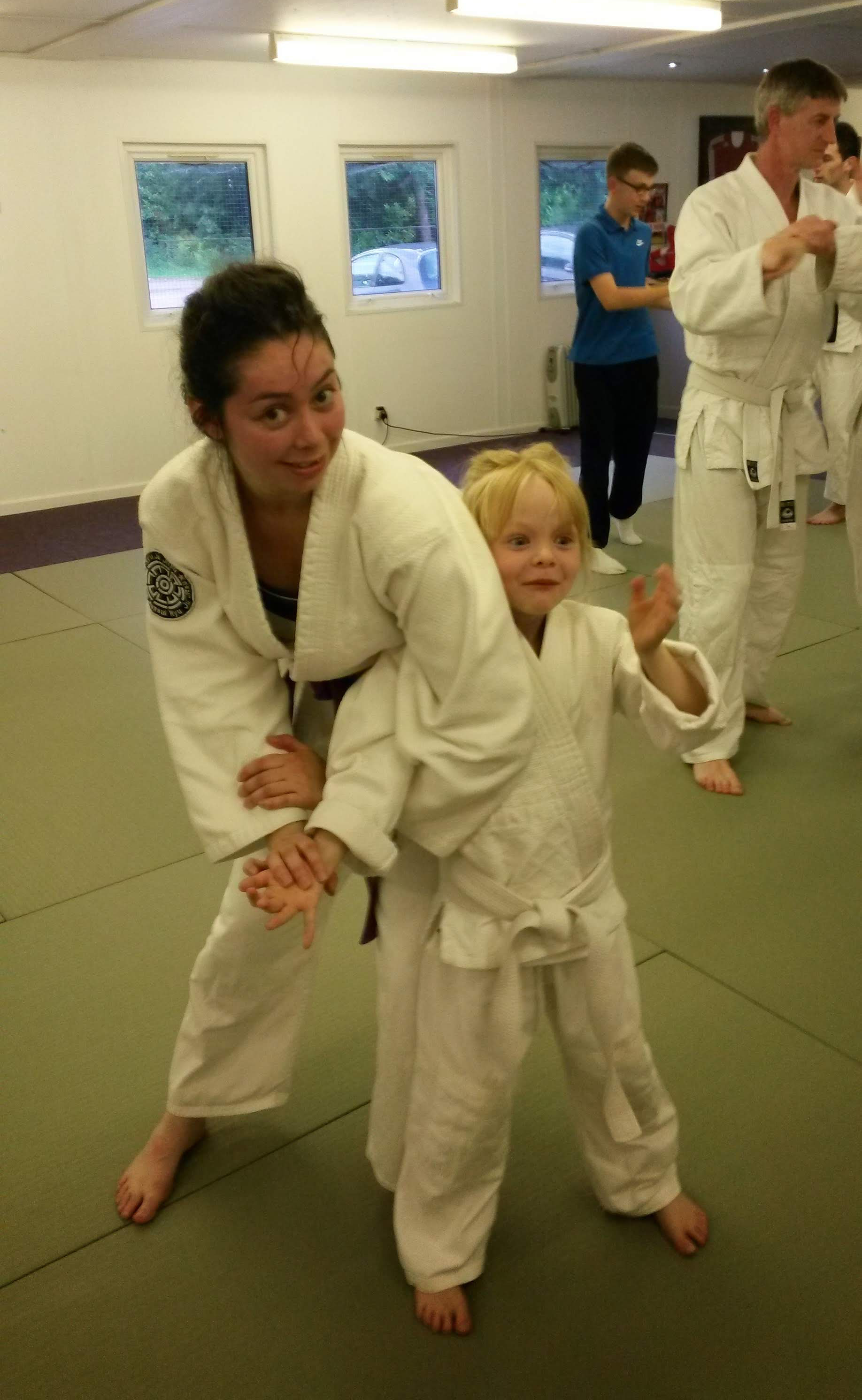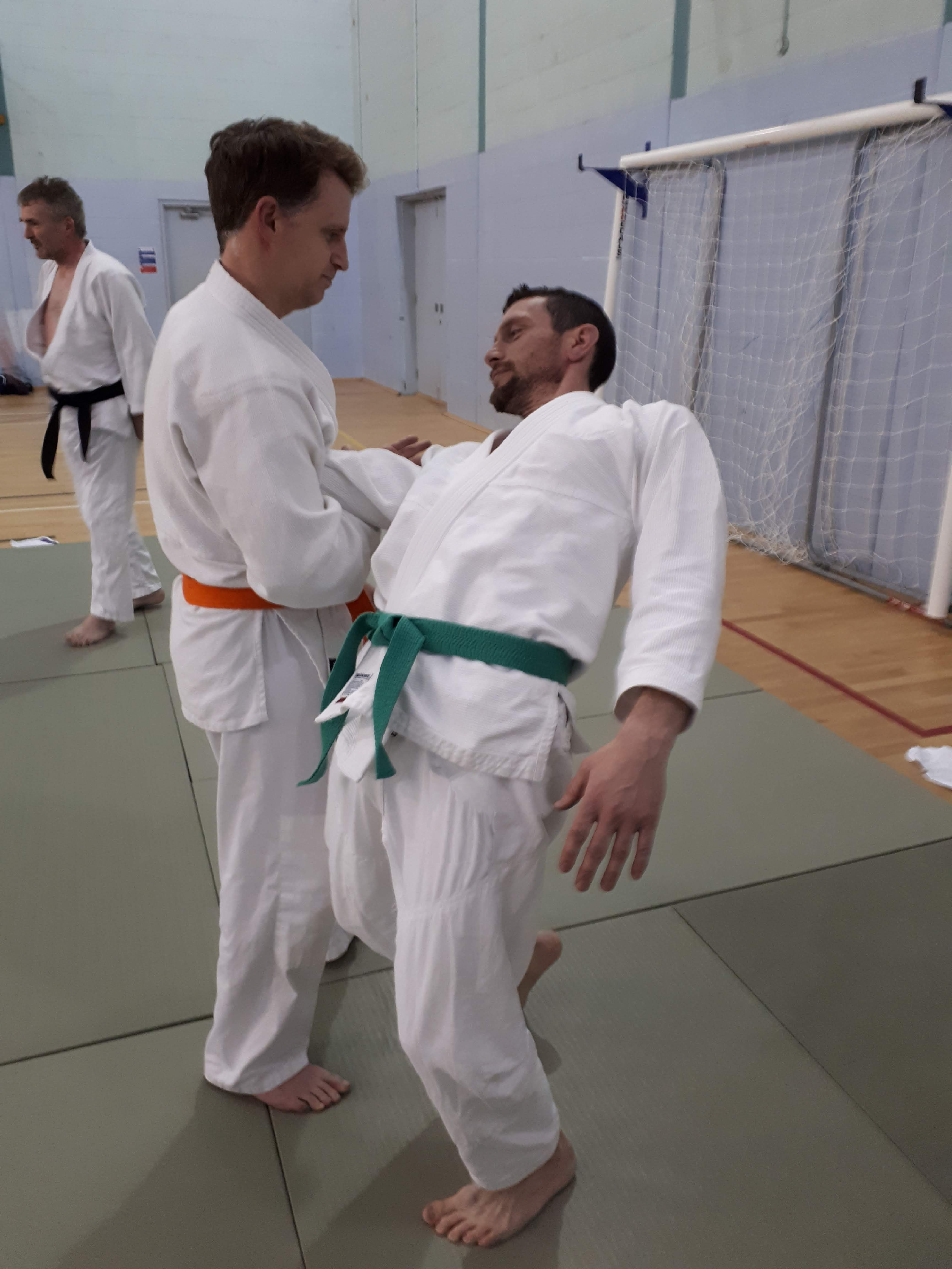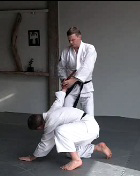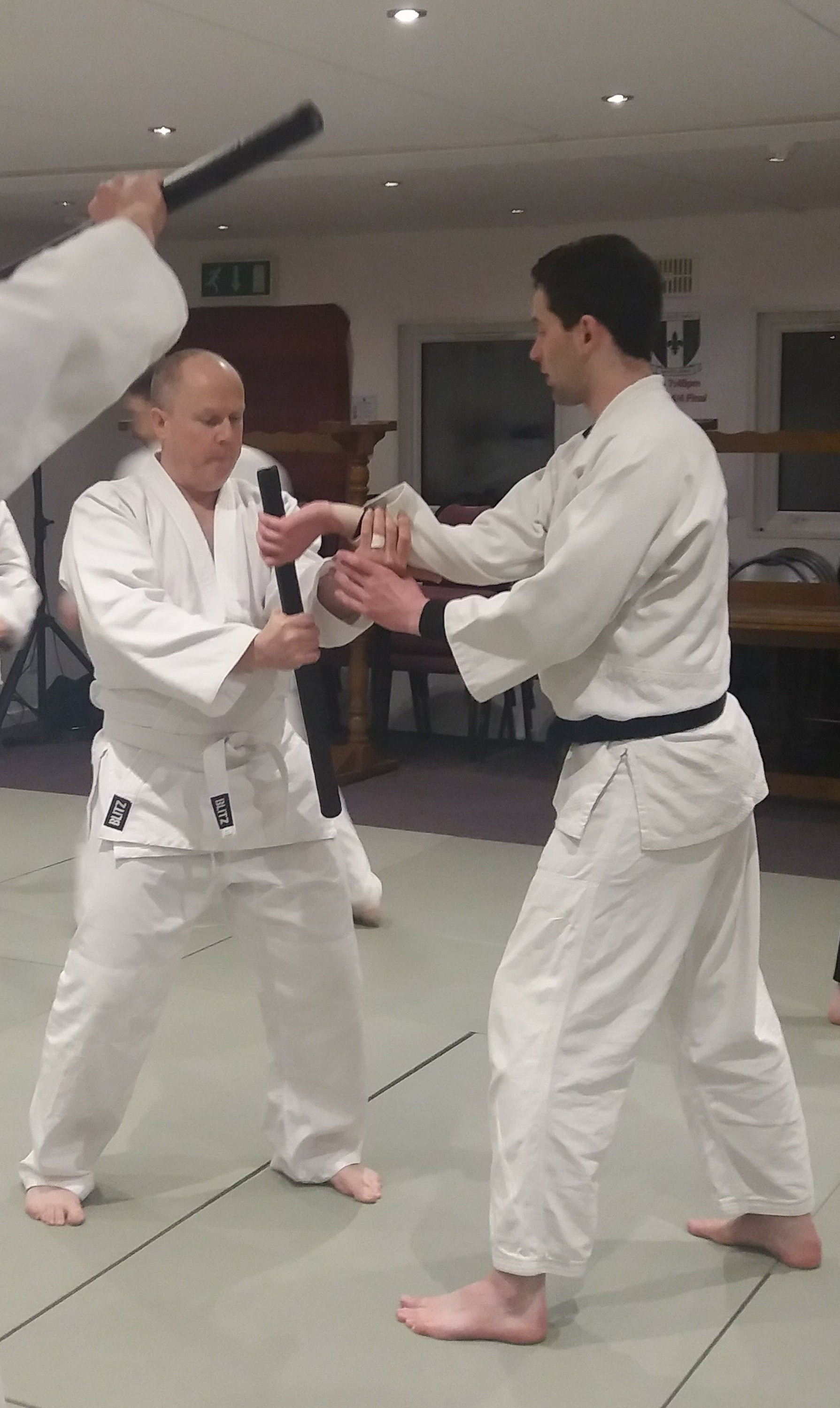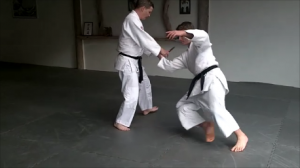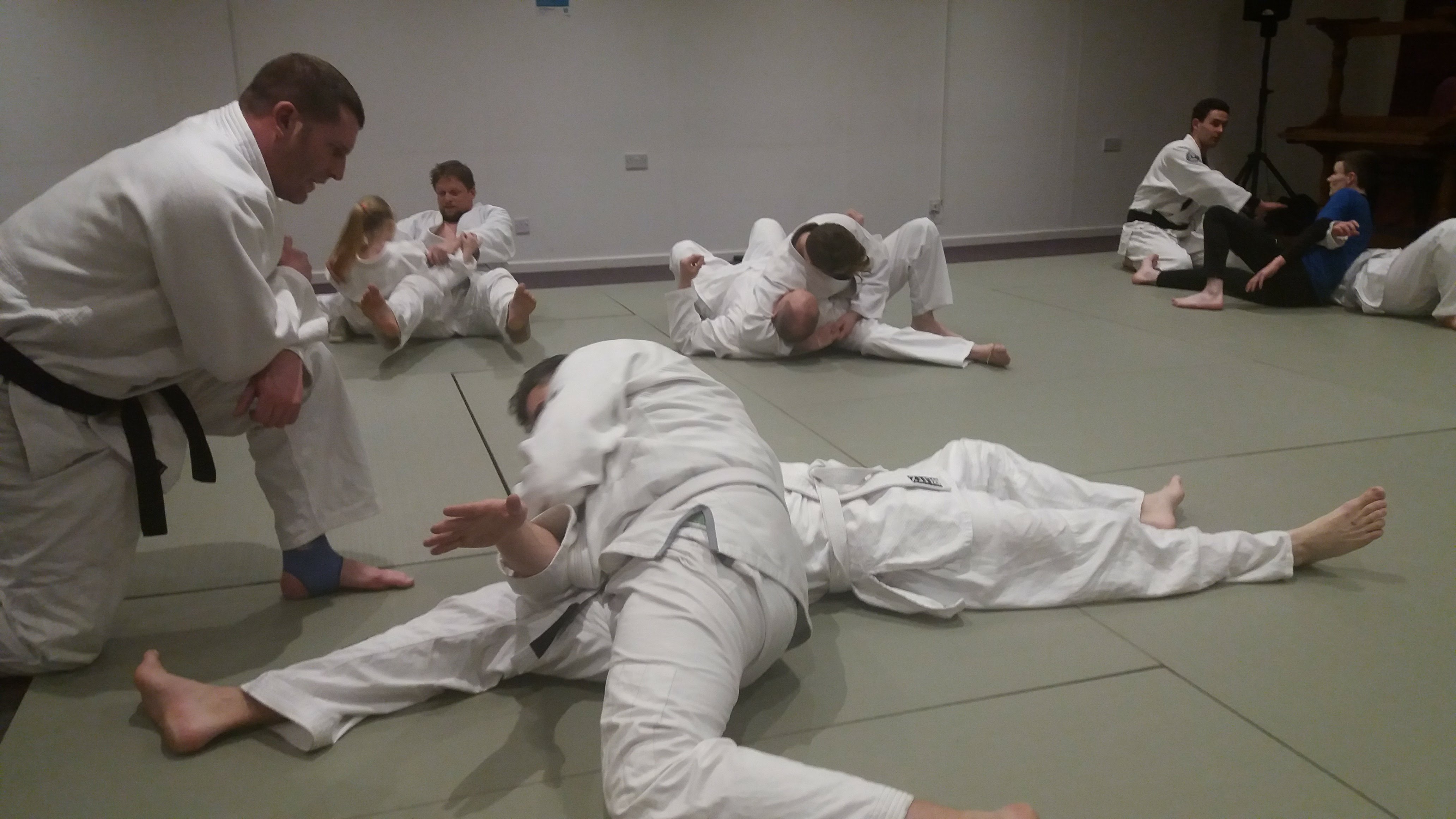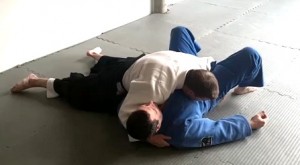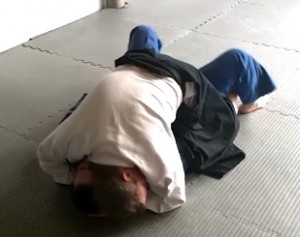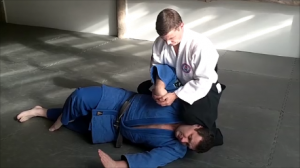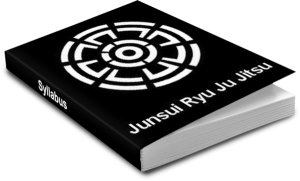Self Defence
Junsui Ryu Ju Jitsu is a very practical and effective martial art which focuses on self defence against a variety of realistic attack situations, ranging from a simple punch or kick, to dealing with grabs, multiple-attackers or weapons.
Unlike some other martial arts, Ju Jitsu is not a sport. We don’t train in weight categories and we don’t have rules (other than respect for each-other’s safety when training). Instead we learn the techniques appropriate to defence against a full variety of attackers – not every technique is appropriate for every attacker.
We emphasise not only effective self defence against a physical attack, but also how to respond to, and potentially control, the build-up leading to a potential attack. By greater awareness, often an attack can be prevented from happening. An aspect of our training is to allow students to experience the pressure (and fear) of a realistic attack. it is far harder to execute a graceful self-defence technique whist dealing with the adrenaline and fear in a real defence situation. Through repeated exposure to this sort of pressure, our students are better prepared to remember their training and respond appropriately should they have the real need.
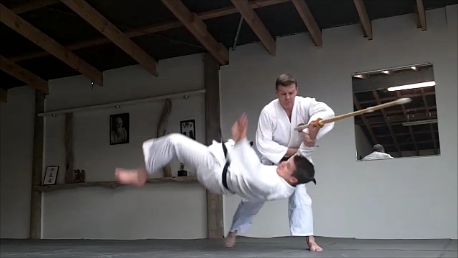
The following is sourced from Wikipedia …
“Self-defence is part of private defence, the doctrine in English law that one can act in ways that would otherwise be illegal to prevent injury to oneself or others, or to prevent crime more generally[citation needed] – one has the same right to act to protect others as to protect oneself. This defence arises both from common law and the Criminal Law Act 1967. Self-defence in English law is using reasonable force against an unjust threat. Self-defence is a justification rather than an excuse (Robinson’s classification of defences), that is, the defence is asserting that the actions were not a crime at all.”
When responding to an attack, the self-defence technique not only needs to be effective (preventing harm to the defendant and permitting a safe end to the situation) but also needs to be a response proportionate to the threat. In Junsui Ryu Ju Jitsu we teach techniques covering a range of responses levels from a simple release, to a more forceful response. Our goal is to empower our students to defend themselves in a way which is proportional to the situation.
